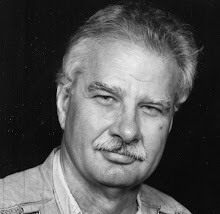It has now been more than four years since Frederico Solorzano, teacher of anthropology and paleontology at the University in Guadalajara, Mexico first announced the discovery of a brow ridge bone, and a bit of jaw that didn't match any modern skulls.,
Mr. Solorzano did find a fit when he compared the brow ridge against a model of a the Old World's Tautavel Man, a member of a species, Homo erectus. Homo erectus is considered by many as an ancestor of modern Homo sapiens. Therein lies a weighty problem.
Homo erectus is believed to have died out 100,000 to 200,000 thousand years ago, long before men are believed to have reached the Americas. The brow ridge and piece of jaw found in Mexico has a tantalizing mineral-darkening appearance indicating a long period of exposure to contaminating minerals, but due to a lack of tissues, dating the brow ridge and chin bone have not been successful.
Generally, ancient bones found near Lake Chapala date only from 6,000 to 7,000 years ago, and lack the mineralized darkness that the Tautavel Man exhibits. There is a question as to where and when the artifacts were recovered. Dr. Solorzano is cetain that his ancient artifacts were recovered from the Lake Chapala area, near Guadalajara, in 1947 thru 1956.
Since late 2004, researchers have intensified their explorations in Mexico, and especially the area of Chapala lake bed, but recent substantiated reports of confirmatation of the Tautavel Man in Mexico have not been published.
Monday, May 4, 2009
Subscribe to:
Posts (Atom)
